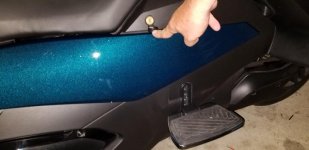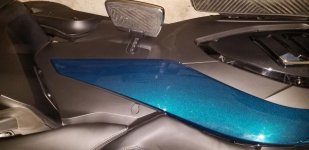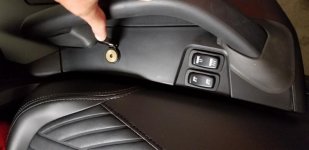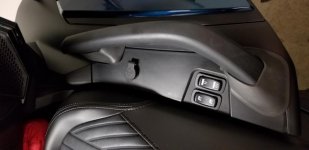It's the same, the + cable is connected to battery and goes right to the back of the alternator.
Same voltage period...................
True.... except that back in the day (well, at least back when
I was learning about all this sorta stuff

) we were all taught
NEVER to connect anything
directly to the Alternator because even if it's fused, there's still a risk of a big enough wiring or device failure taking out the Alternator as well!! :shocked:
By connecting to the battery instead,
the battery can act as a big fuse/an additional 'surge protector' for those 'less damaging' events and as
a fail-safe 'protector of last resort' for any potentially more damaging events that might otherwise wipe out those more expensive and difficult to replace electrical components like the alternator.... And I'd
guess that a heated jacket &/or trousers, gloves etc with lots of heated wires threaded thru them that have to withstand a heap of flexing & heat/cool cycles juuust might be prime contenders for causing one of those
'potentially more damaging events' in the event of anything ever breaking in all that threading! :gaah:
So for
my 2 bob's worth, I'd be leaving the alternator connections strictly alone & connecting my heated clothing wiring directly to the battery via an otherwise isolated fuse block or circuit breaker that's well up to the task. :thumbup: But as always, when it comes to what
YOU might do, it's ultimately
your choice...






